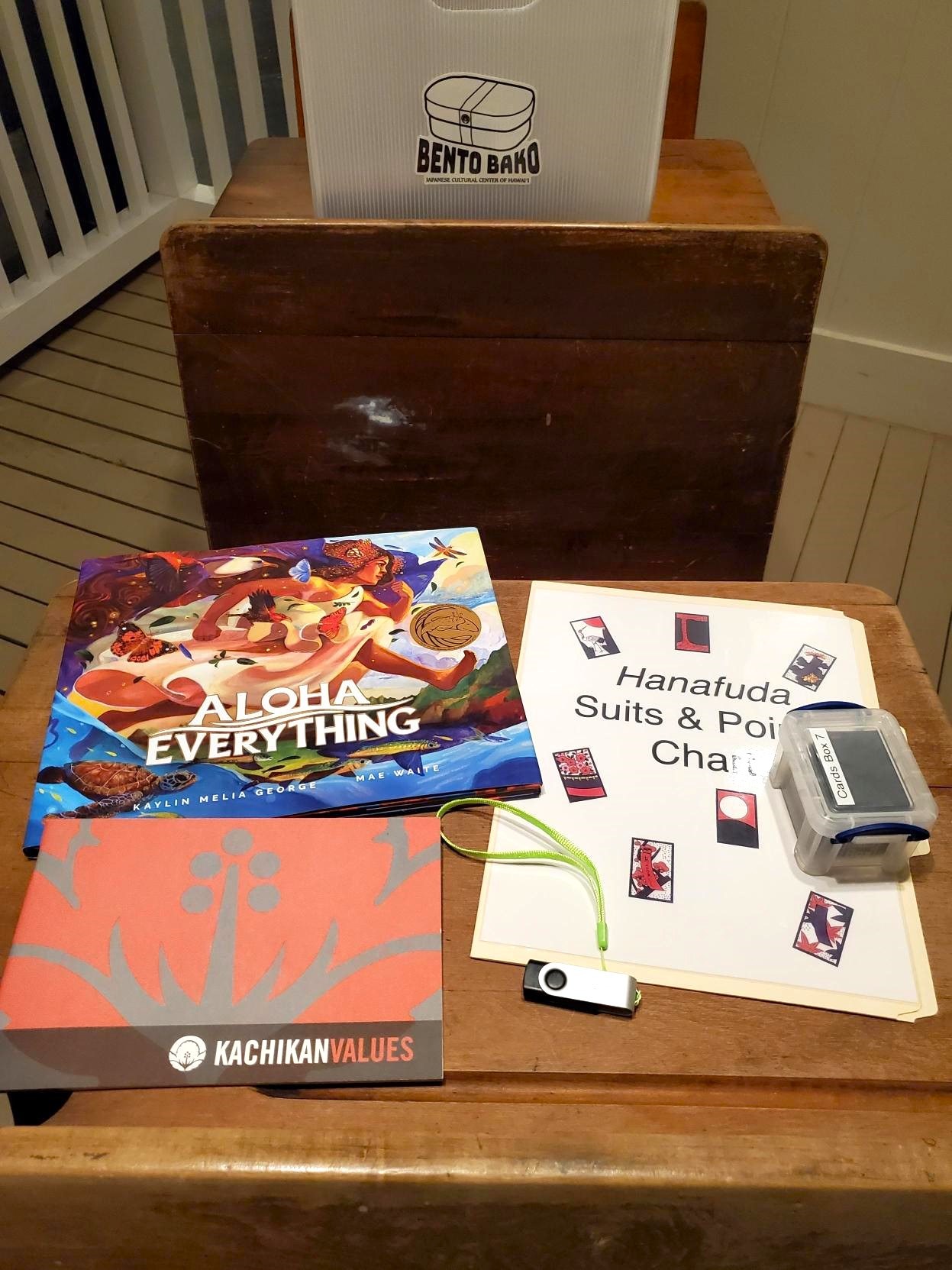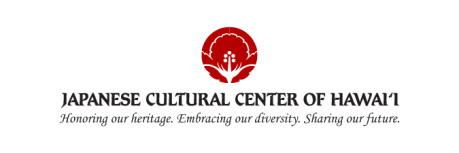Overview
Bento Bako translates to “lunch box” or “packed lunch” in Japanese. They are metal containers the immigrant plantation laborers used to carry their lunch into the field. Laborers would often share their food with each other. The sharing of food between different ethnic communities in the field led to the creation of local Hawaiʻi cuisine. The Bento Bako is the precursor to the modern plate lunch of a main dish, rice, and salad/vegetables. Bento Bako contains various compartments for food but when presented in one container, it creates a delicious, harmonious meal.
Continuing this theme, the JCCH has developed an educational program called “Bento Bako (Discovery Box)” filled with curated lesson plans (with assessments, activities, handouts, and rubrics), replica artifacts, books, and additional resources to be used in the classroom. Educators across the state will be able to borrow the Bento Bako (Discovery Box) and use it in the classroom incorporating hands-on, object-based learning while also promoting tactile and kinesthetic activities. These educational tools encourage teachers and students to learn from cultural objects, scaffold critical thinking, understand through observation, and inspire creativity.
Who Can Use It
Through the Japanese Cultural Center of Hawaiʻi (JCCH), educators in Oʻahu (K-12) will be able to check out Bento Bako (Discovery Box) to use in their classroom.
How It Works
Complete the CHECKOUT FORM. Educators can select a Bento Bako (Discovery Box) based on a certain standard and grade level. Then go to the JCCH and pick up the Bento Bako (Discovery Box) at your designated date and time, sign a terms of use form, double-check the materials are there, and now they’re ready to be presented in the classroom.
How Bento Bako (Discovery Box) Can Be Used in the Classroom
- Learn about the history of Japanese immigration and internment/incarceration
- Learn about migration to Hawaiʻi
- Observing objects and making conclusions
- Discuss the reasons why people move
- Use storytelling as a tool to learn about diversity and inclusion
- Promote tactile and kinesthetic learning
- Use as additional and supplement lesson plans
- Boxes must be returned by 30 days after check-out
Digital Assets
Downloadable curriculum includes lesson plans, activities, internet sources, assessments, rubrics, and additional handouts (if applicable).
Digital Assets
Bento Bako (Discovery Box) includes books, replica artifacts, and additional resources.
Bento Bako (Discovery Box) Description

Content Standard SS.3.3.14.4: Interactions and Impact
This third-grade lesson explores community and connection to place through the environment and shared values. In the first portion of the lesson, students will reflect on different aspects of their community. Students will also learn about traditional place names and how this knowledge strengthens their relationship with the community. The second part of the lesson compares the Japanese Kachikan values of Sekinin and Gambari and how they are similar to the Hawaiian values of Kuleana and Ho‘omau. In the third part of the lesson, students will reflect on these values and how they can practice them in their community. Students will demonstrate this through a combined writing and drawing exercise where they can showcase how they envision practicing these values. While adaptable, the target audience of this lesson plan is third grade students.
All lesson plans include internet resources, assessments, and rubrics.
This project is supported by the State Foundation on Culture and the Arts, through appropriations from the Legislature of the State of Hawaii or grants from the National Endowment for the Arts.
